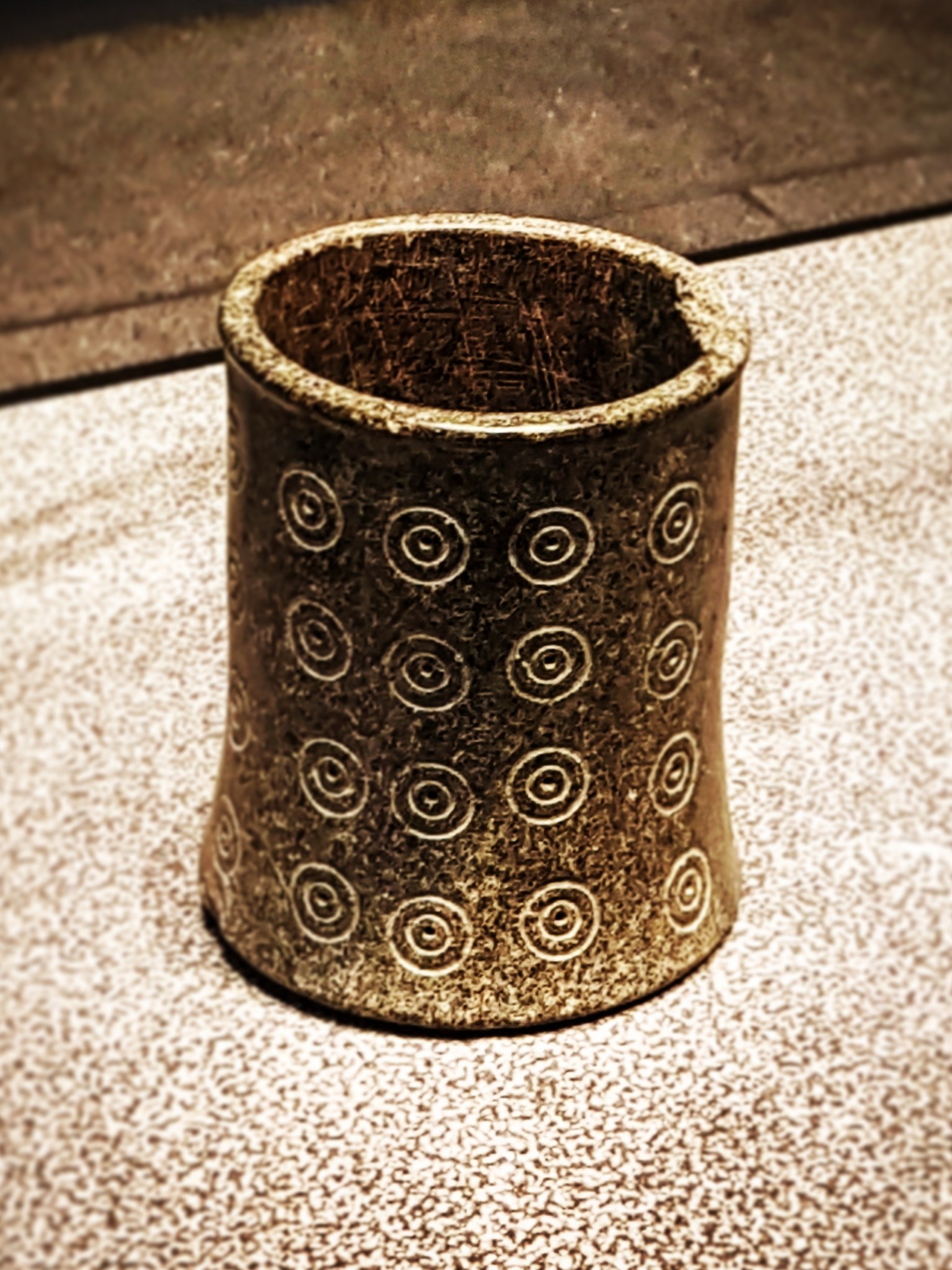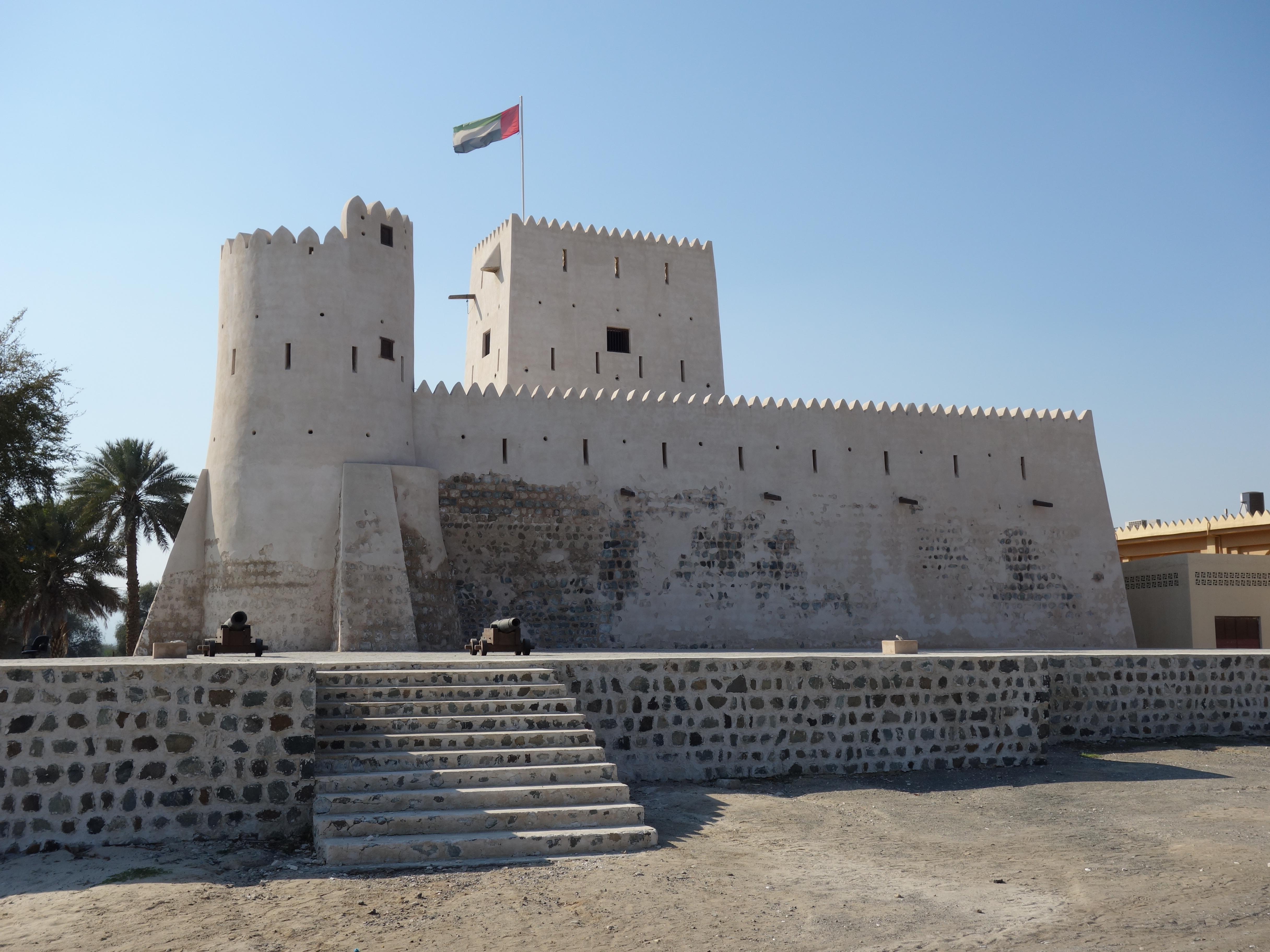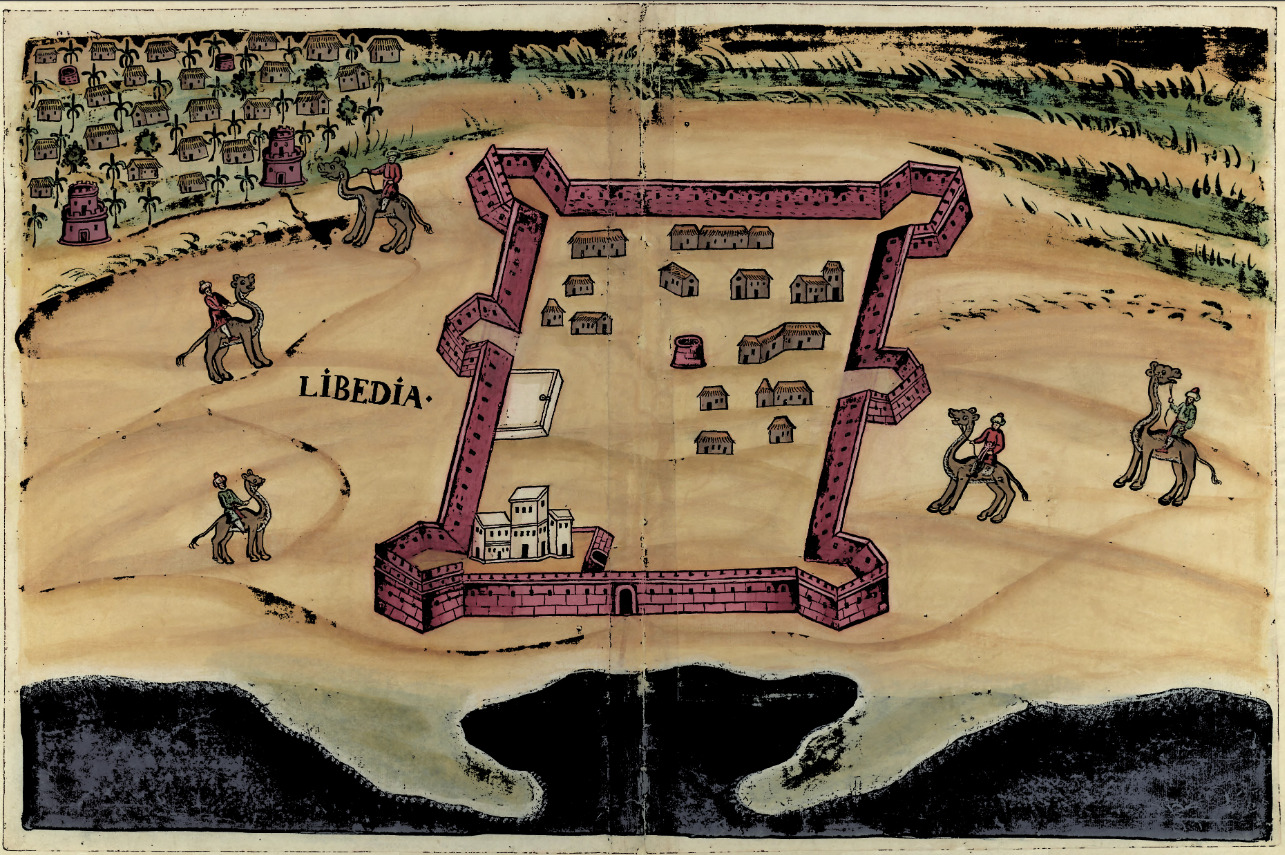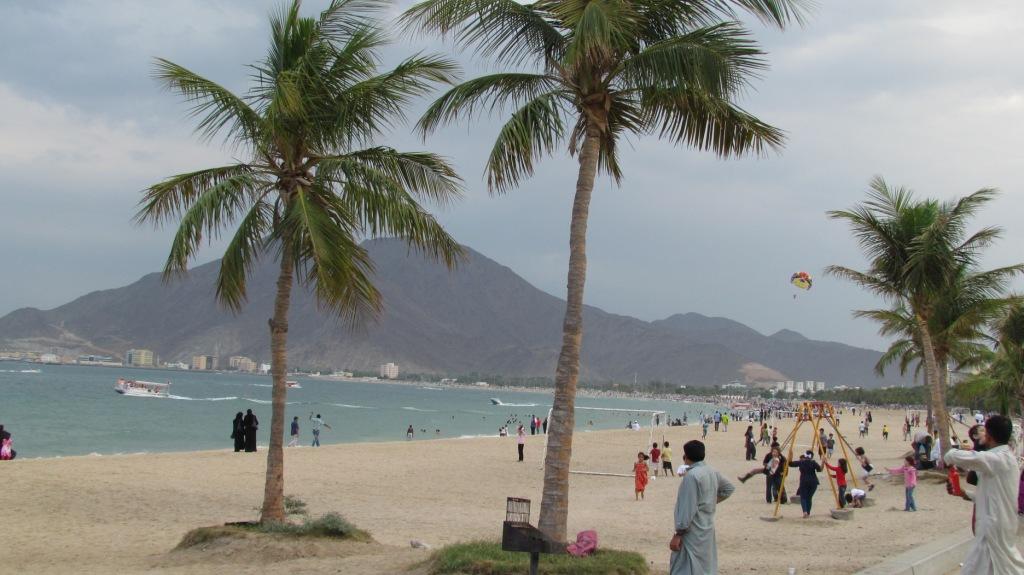|
Umm Al-Nar Culture
Umm Al Nar () is a Bronze Age culture that existed around 2600-2000 BCE in the area of the modern-day United Arab Emirates and Northern Oman. The etymology derives from the island of the same name which lies adjacent to the city of Abu Dhabi, the capital of the UAE, which provided early evidence and finds that came to define the period. The Umm Al Nar people were important regional trading intermediaries between the ancient civilisations of Sumer in Mesopotamia and the Indus Valley Harappan culture. Known to the Sumerians as 'Magan', the area was the source of Sumer's copper and diorite as well as a trading entrepot for other goods from the Indus Valley, including carnelian jewellery. Location The key site on the island, today known as ''Sas Al Nakhl'', is protected, but its location between a refinery and a sensitive military area means public access is currently prohibited. Attributes A key indicator of the Umm Al Nar culture is circular tombs typically characterized by we ... [...More Info...] [...Related Items...] OR: [Wikipedia] [Google] [Baidu] |
Bronze Age
The Bronze Age () was a historical period characterised principally by the use of bronze tools and the development of complex urban societies, as well as the adoption of writing in some areas. The Bronze Age is the middle principal period of the three-age system, following the Stone Age and preceding the Iron Age. Conceived as a global era, the Bronze Age follows the Neolithic, with a transition period between the two known as the Chalcolithic. The final decades of the Bronze Age in the Mediterranean basin are often characterised as a period of widespread societal collapse known as the Late Bronze Age collapse (), although its severity and scope are debated among scholars. An ancient civilisation is deemed to be part of the Bronze Age if it either produced bronze by smelting its own copper and alloying it with tin, arsenic, or other metals, or traded other items for bronze from producing areas elsewhere. Bronze Age cultures were the first to History of writing, develop writin ... [...More Info...] [...Related Items...] OR: [Wikipedia] [Google] [Baidu] |
Iraq
Iraq, officially the Republic of Iraq, is a country in West Asia. It is bordered by Saudi Arabia to Iraq–Saudi Arabia border, the south, Turkey to Iraq–Turkey border, the north, Iran to Iran–Iraq border, the east, the Persian Gulf and Kuwait to the Iraq–Kuwait border, southeast, Jordan to Iraq–Jordan border, the southwest, and Syria to Iraq–Syria border, the west. The country covers an area of and has Demographics of Iraq, a population of over 46 million, making it the List of countries by area, 58th largest country by area and the List of countries by population, 31st most populous in the world. Baghdad, home to over 8 million people, is the capital city and the List of largest cities of Iraq, largest in the country. Starting in the 6th millennium BC, the fertile plains between Iraq's Tigris and Euphrates rivers, referred to as Mesopotamia, fostered the rise of early cities, civilisations, and empires including Sumer, Akkadian Empire, Akkad, and Assyria. Known ... [...More Info...] [...Related Items...] OR: [Wikipedia] [Google] [Baidu] |
Kalba
Kalba () is a city in the Emirate of Sharjah in the United Arab Emirates (UAE). It is an exclave of Sharjah lying on the Gulf of Oman coast north of Oman. Khor Kalba (Kalba Creek), an important nature reserve and mangrove swamp, is located south of the town by the Omani border. Kalba Mangrove reserve is open to the public and was developed as an eco-tourism resort by the Sharjah Investment and Development Authority (Shurooq). A number of conservationists and ecologists have expressed concern regarding the project. History Shell middens dating back to the fourth millennium BCE have been found at Kalba, as well as extensive remains of the Bronze Age Umm Al Nar culture. An extensive and important assembly of petroglyphs lies to the south of Kalba at Khatm Melaha. Portuguese The town was captured by the Portuguese Empire in the 16th century and was referred to as ''Ghallah''. It was part of a series of fortified cities that the Portuguese used to control access to the Persi ... [...More Info...] [...Related Items...] OR: [Wikipedia] [Google] [Baidu] |
Al Badiyah
Al-Badiyah () or Al-Bidyah () is a settlement in the Emirate of Fujairah, the United Arab Emirates. It is the site of a historical mosque of the same name, which is the oldest functional mosque in the country, dating back to the 15th century. Portuguese fort Remains of a Portuguese era fort have been discovered in the village by a team of Australian archaeologists. The fort, originally called 'Libidia', was identified from a 16th-century map. Its walls were constructed using rock recovered from a nearby tower dated back to the third millennium BCE. These walls, some in length, are joined in a square with towers on each corner and stand today at a height of up to a meter. Finds at the site of the fort include locally made pottery dating back to the 17th and 18th centuries, and charcoal samples unearthed were carbon dated to 1450–1600, within the context of the Portuguese presence in the Gulf A gulf is a large inlet from an ocean or their seas into a landmass, larger and ... [...More Info...] [...Related Items...] OR: [Wikipedia] [Google] [Baidu] |
Hili Archaeological Park
Hili Archaeological Park () is the location of a Bronze Age site in Al Ain, Emirate of Abu Dhabi, the United Arab Emirates. Description and history Hili is the largest Bronze Age site in the UAE and dates from the 3rd millennium BC. Other remains include settlements, tombs, and a ''qanat, falaj'' dating from the Iron Age. Some of the site is located outside the park in a protected area. Finds from the site can be seen in the Al Ain National Museum in central Al Ain. The Hili Grand Tomb is a tower measuring in diameter that has been reconstructed. The tombs belong to the Umm al-Nar culture. In May 2019 the Abu Dhabi Department of Culture & Tourism reported that fingerprints about 3000 years old were found at Hili II. They apparently belonged to craftsmen who constructed a wall at the site. See also * Al Ain Oasis * Tawam (region) ** Al Buraimi Governorate#History and prehistory, Al-Buraimi * Archaeological Sites of Bat, Al-Khutm and Al-Ayn * Hafit period * Ibri * List of Anc ... [...More Info...] [...Related Items...] OR: [Wikipedia] [Google] [Baidu] |
Hafit Period
The Hafit period defines early Bronze Age human settlement in the United Arab Emirates and Oman in the period from 3200 to 2600 B.C. It is named after the distinctive beehive burials first found on Jebel Hafeet, Jebel Hafit, a Hajar Mountains, rocky mountain near Al Ain, bordering the Rub' al Khali, Rub Al Khali desert. Hafit period tombs and remains have also been located across the UAE and Oman in sites such as Bidaa Bint Saud, Bidaa bint Saud, Jebel Buhais and Al-Buraimi, Buraimi. Discoveries The first find of Hafit era tombs is attributed to the Danish archaeologist PV Glob of the Aarhus University, University of Aarhus in 1959, who was not only the first archaeologist (together with Geoffrey Bibby) to dig in the United Arab Emirates, but who found the graves that defined the Umm Al Nar culture, Umm Al Nar period. Visiting Al Ain in the company of Zayed bin Sultan Al Nahyan, Glob and Bibby were shown the vast field of tumuli and the first of many excavations of these took ... [...More Info...] [...Related Items...] OR: [Wikipedia] [Google] [Baidu] |
Neolithic
The Neolithic or New Stone Age (from Ancient Greek, Greek 'new' and 'stone') is an archaeological period, the final division of the Stone Age in Mesopotamia, Asia, Europe and Africa (c. 10,000 BCE to c. 2,000 BCE). It saw the Neolithic Revolution, a wide-ranging set of developments that appear to have arisen independently in several parts of the world. This "Neolithic package" included the History of agriculture, introduction of farming, domestication of animals, and change from a hunter-gatherer lifestyle to one of sedentism, settlement. The term 'Neolithic' was coined by John Lubbock, 1st Baron Avebury, Sir John Lubbock in 1865 as a refinement of the three-age system. The Neolithic began about 12,000 years ago, when farming appeared in the Epipalaeolithic Near East and Mesopotamia, and later in other parts of the world. It lasted in the Near East until the transitional period of the Chalcolithic (Copper Age) from about 6,500 years ago (4500 BCE), marked by the development ... [...More Info...] [...Related Items...] OR: [Wikipedia] [Google] [Baidu] |
Ubaid Period
The Ubaid period (c. 5500–3700 BC) is a prehistoric period of Mesopotamia. The name derives from Tell al-'Ubaid where the earliest large excavation of Ubaid period material was conducted initially in 1919 by Henry Hall, Leonard Woolley in 1922-1923, and later by Pinhas Delougaz in 1937.P. Delougaz, "A Short Investigation of the Temple at Al-’Ubaid", Iraq, vol. 5, pp. 1–11, 1938 Excavations continue into the present day. In Southern Mesopotamia, this period marks the earliest known human settlements on the alluvial plain, although it is likely earlier periods exist that are obscured under the alluvium. In the south it has a very long duration between about 5500 and 3800 BC when it is replaced by the Uruk period. In Northern Mesopotamia the period runs only between about 5300 and 4300 BC. It is preceded by the Halaf period and the Halaf-Ubaid Transitional period and succeeded by the Late Chalcolithic period. History of research The excavators of Eridu and Tell ... [...More Info...] [...Related Items...] OR: [Wikipedia] [Google] [Baidu] |
Umm Al Nar Cup
Umm () means ''mother'' in Arabic. It is a common Arabic feminine given name and generic prefix for Semitic place names. It may refer to: Places Bahrain *Ain Umm Sujoor, an archaeological site *Umm an Nasan, an island * Umm as Sabaan, an islet Egypt * Umm Kulthum Museum, in Old Cairo * Umm Naggat mine *Umm El Qa'ab, a necropolis *Zawyet Umm El Rakham, an archaeological site Iraq *Umm al Binni lake *Umm Qasr, a port city **Umm Qasr Port Israel *Umm Batin, a village *Umm al-Fahm, a city * Shibli–Umm al-Ghanam, a town *Umm al-Hiran, a village *Umm al-Qutuf, a village Jordan * Umm al Birak, a town *Jabal Umm Fruth Bridge *Jabal Umm ad Dami, a mountain * Mount Umm Daraj *Umm el-Jimal, a village * Umm al Kundum, a town *Umm Qais, a town *Umm al Qanafidh, a town *Umm Shujayrah al Gharbiyah, a town *Umm Zuwaytinah, a town Kuwait *Umm al Maradim Island *Umm an Namil Island, Kuwait Bay, Persian Gulf Libya *Umm al Ahrar, an oasis *Qabr Umm al Hishah, an oasis *Umm al Rizam, a town P ... [...More Info...] [...Related Items...] OR: [Wikipedia] [Google] [Baidu] |
Tell Abraq
Tell Abraq (Til Abrook) was an ancient Near Eastern city. Located on the border between Emirate of Sharjah, Sharjah and Umm Al Quwain in the United Arab Emirates about 50 kilometers north-east of Dubai, the city was originally on the coastline of the Persian Gulf but changing sea levels have placed the remains of the city inland. It is located on the main road from Umm Al Quwain to Falaj Al Mualla. The mound containing the ruins of Tell Abraq was originally excavated by a team from the University of Copenhagen working on the extensive remains of the city of Ed-Dur, a few kilometres to the north. Their original intention was to confirm the time sequence prior to Ed-Dur's primacy, around 1,000 BC. However, they were surprised to find extensive indications of much earlier settlement, dating back to the Umm al-Nar culture, Umm Al Nar period, including a 3rd millennium monumental fortification. Tell Abraq has been cited as being the "best preserved and largest prehistoric settlement i ... [...More Info...] [...Related Items...] OR: [Wikipedia] [Google] [Baidu] |
Dilmun Burial Mounds
The Dilmun Burial Mounds () are a UNESCO World Heritage Site comprising necropolis areas on the main island of Bahrain dating back to the Dilmun and the Umm al-Nar culture. Bahrain has been known since ancient times as an island with a very large number of burials, the (originally) quite a number of square kilometres of mounds were said to be one of the largest cemeteries in the ancient world. The cemeteries are concentrated in the north of the island, on the hard stony areas slightly above the arable farming soils – the south of the island is mainly sandy and desert-like. Recent studies have shown that the estimated/approximately 350,000 ancient grave mounds could have been solely produced by the local population over a number of thousands of years. The graves are not all of the same era, or of exactly the same styles, and can vary considerably in size in different areas of the moundfield. Research, under the auspices of the Bahrain National Museum (with the Bahrain Histor ... [...More Info...] [...Related Items...] OR: [Wikipedia] [Google] [Baidu] |
Emirate Of Sharjah
The Emirate of Sharjah (; ') is one of the emirates of the United Arab Emirates, which covers and has a population of over 1,400,000 (2015). It comprises the capital city of Sharjah, after which it is named, and other minor towns and exclaves such as Kalba, Al Dhaid, Dibba Al-Hisn and Khor Fakkan. The emirate is an absolute monarchy. It has been ruled by Sultan bin Muhammad Al-Qasimi since 1972, except for a seven-day period during an attempted coup d'etat by his brother, Sheikh Abd al-Aziz bin Muhammad Al Qasimi. History Human settlement in the area covered by the emirate has existed for over 120,000 years, with significant finds made of early axes and stone tools as well as Copper and Iron Age implements in Al Dhaid, Al Thuqeibah, Mileiha, Tell Abraq, Muwailah, Al Madam and Jebel Faya. Archaeological finds in the Mleiha area point to human habitation consistent with the spread of humanity from Africa to the wider world, evidenced by finds displayed at the Ml ... [...More Info...] [...Related Items...] OR: [Wikipedia] [Google] [Baidu] |








